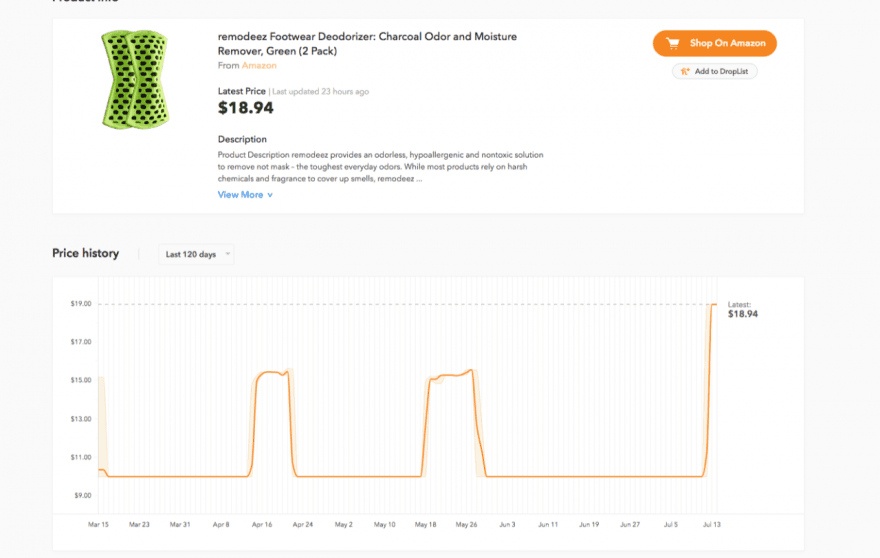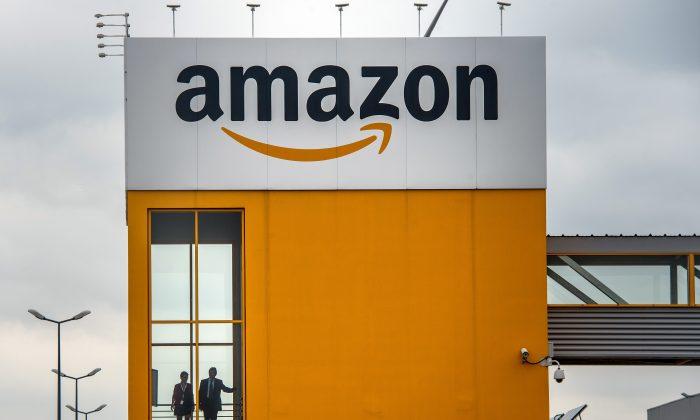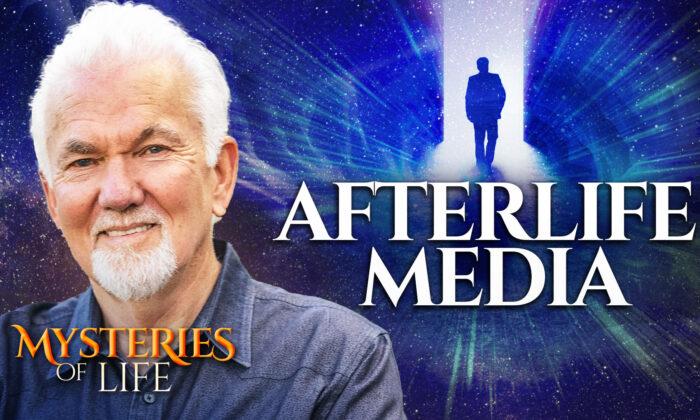A small Charlotte-based company says Amazon jacked up the suggested retail price for its product on Prime Day, Amazon’s annual sales event, to mislead consumers into thinking that they are getting a discount.
Remodeez is a start-up specializing in non-toxic foot deodorizers and other odor stoppers. Jason Jacobs, the founder, told Fox Business that he’s had an agreement with Amazon since 2015 fixing the suggested retail price on his products at $9.99.
He was shocked to discover that Amazon nearly doubled the price on Prime Day, Fox Business reported.
“They showed the product at $15.42 and then x-ed it out to put ‘$9.99 for Amazon Prime Day. And on the final day, the price was like $18.44,” Jacobs said.
“So, we put a support ticket in right away and I rallied some friends through social media to go to their complaint board and complain,” he added.

On July 12, the day after Prime Day, the price went back down to $9.99. Jacobs said that Amazon does not have the right to change the suggested price according to the agreement he has with the e-commerce giant.
“We have an agreement, it’s an online form, where we come up with the price that I’m selling the [items] to Amazon for and then they got 2% damage hold back, 10% marketing hold back, and they kind of chip away at that. And then we say here is the suggested retail price and we all agree on that, but the vendor [me] cannot mandate a price, you can’t price fix,” he adds.

“Amazon does not engage in surge pricing,” an Amazon spokesperson wrote in response. “We always seek to meet or beat the lowest price. We obsess over the things we believe customers will always care about--low prices, vast selection, and fast delivery--and work hard to provide all three, all the time.”
But following the Prime Day incident, Jacobs looked into the price history of his products and noticed that Amazon has jacked up the retail price more than once. Jacobs now believes that Amazon engages in demand-based pricing—increasing the prices when demand is high.
“I started looking back through history and found seven different times over the last 12 months that this happened. Each one of them correlate to being in BuzzFeed four times, or on Forbes.com, and with each one of these, there was a spike [in price],” he says.
Last year, when BuzzFeed featured Remodeez foot deodorizers in an article about must-have products, it linked to a product page on Amazon, saying that they cost $9.99. But when customers landed on the page, Amazon displayed a $15 price tag.
“It’s not like they’re bumping it by a buck and making a little bit more money. They are really tanking sales and it kind of has a ripple effect to us, being a small company trying to do demand planning,” he says.
From NTD.tv






Friends Read Free